Closed Tank Level Measurement with wet leg and Transmitter installed below Tapping Point
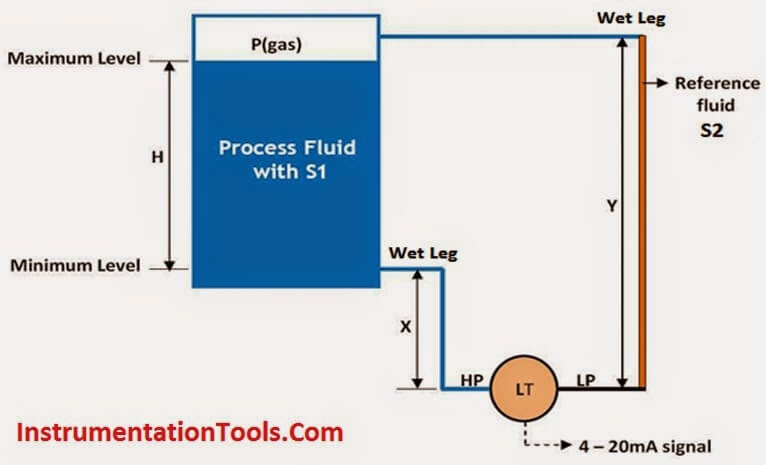 |
This calculation used for closed tank level measurement with wet leg type calibration
The formulas for calculating transmitter URV and LRV are as follows:
HP Side or LRV or Transmitter 0% = X.S1 – Y.S2
LP Side or URV or Transmitter 100% = S1(X+H) – Y.S2
Where
S1 = Specific gravity of tank liquid or process liquid.
S2 = Specific gravity of wet leg
H = Tank Height
X = Distance between transmitter and HP tapping point.
Y = Wet Leg Height
NOTE:
1. The Parameters H,X can be entered in any units like mmh20, inh20 but must be same
2. If wet leg Y is filled with same process liquid in the tank then S2=S1.
3. If wet leg Y is filled with different liquid (other than tank process liquid) then enter specific gravity of wet leg liquid in S2.



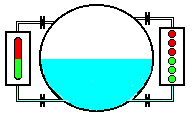
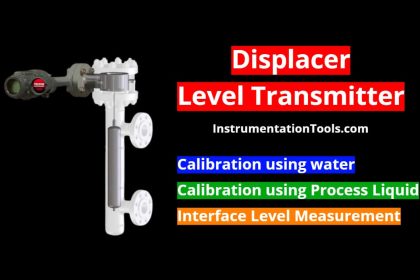
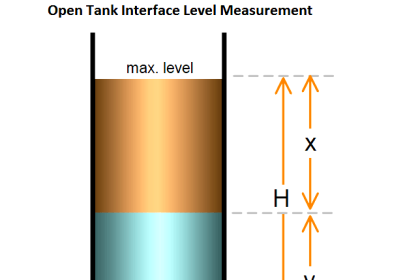
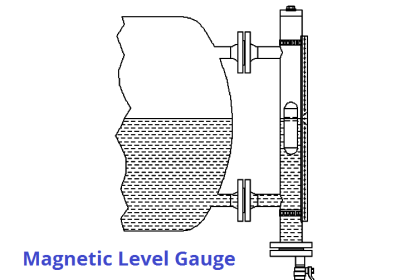
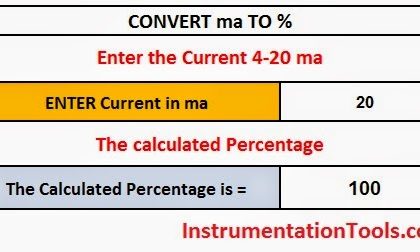
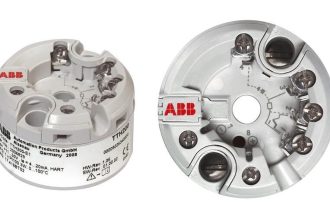
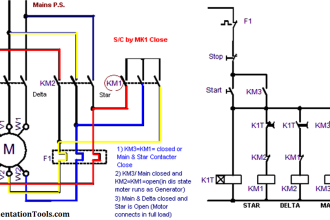
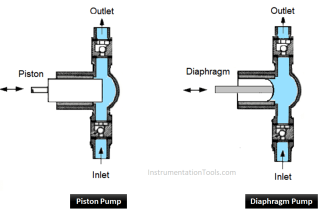

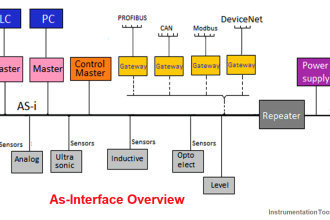

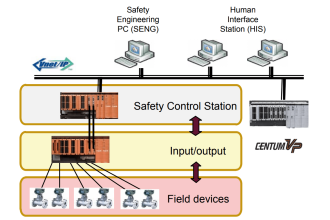


Nice tool Mr.Bharadwaj.
Really helped me.Please share more tools.
Instrumentation made easy……Now Level Transmitter wet leg calibration/configuration is equal to a simple PT or TT configurastion
This is a very helpful tool. So much easier than having to do the calculations manually. Please don't take this link down. Thank you.
Hi,
Thanks for the comment. These all instrumentation tools available all the time.
Thank you,
S Bharadwaj reddy
Really very usefull ,,thanks to Reddy,,,
I’m confused about culculation because I thinking in suppression
X.s1 + y.s2= lrv
But you used minus that why I confused
Maybe I’m wrong please send me details of proper culculation and reson. Thanks
Wonderfull very usefull for instrumentation
how to measure level steam drum use dp transmitter
Dear sir,
In what case Dpt transmitter range need to be in -ve say -1000mmwc to0
1.if tank is closed and have vapour or steam in upper side and cond.pot is installed or every close tank needs cpot and _ve range steam doesent matter?
2.if tank is open can I take o to 1000mmwc
Both have CTo c dist. 1000mm density 1.0
Pl.suggest.
Hello,
When you do the LRV & URV calculation, lets say for Open tank & Closed tank you will get negative values also. So we need Negative mmwc range of instruments for this case.Thats it. Simple if we have negative value in either LRV or URV then we need negative mmwc range of instrument. Also Depends on Calculated URV & LRV Ranges we have to select our instrument range. Either Open tank or Closed tank if your calculated LRV & URV values are withing the instrument mmwc range then we can use the instrument. Remember Negative mmwc also considered.
hi sir
LT installed at Dearator tank is showing high alarm while actually tank level is low?? what must be the reason.??
regards, Arshad
with ref to your answer how can be open tank have -ve mmwc at hp side since tank is at atmosephric pressure . Also talk more about condensing pot we use it only for high temp. steam vapour so if we fill pot side that is lp side to maintain head and close tank then only its -ve mmwc and if close tank , correct me if i am wrong .
Hello Manoj, Actually it depends on how your field instrument mounted in the field. Say For open tank case if the field Tx mounted above the HP tapping point and then we can get Negative mmwc range also. Its mainly depends on Tx installation also. As Open/Closed Tank Calculations also considered. Pl Click Here For Example.
Sir is there any case when height ‘y’ and h+x will be equal?
of course it’s possible.
Great tools and examples, thanks for all your sharing!!
I have a remote diaphragm coupled DP Tx, but the Tx is mounted at the mid-level of the tank, so NOT below or level with the bottom flange connection.
How do i apply this to the formula, i was entering “X” as a negative value, but this isn’t giving me good results 🙁
Hi,
Please check these : Article 1 (click here) and Article 2 (click here), these may help you.
thats so great. thanks for your post!!
and plss. i have a closed tank wet leg with H = 103in, X = 100in, Y = 203in,
i have been calculated URV = 0kpa and LRV = – 27.56kpa. but why in datasheet they maked thats +4.8 to +31.3 thanks you.
Sir, first of all thank u for this wonderful site.
Q.: where should we use dry leg and where to wet leg I mean application wise.
Q-2: can u plz give me some idea about when should we install DP Tx 1)below HP, 2) Parallel to HP and 3) above HP? (with some industrial example)